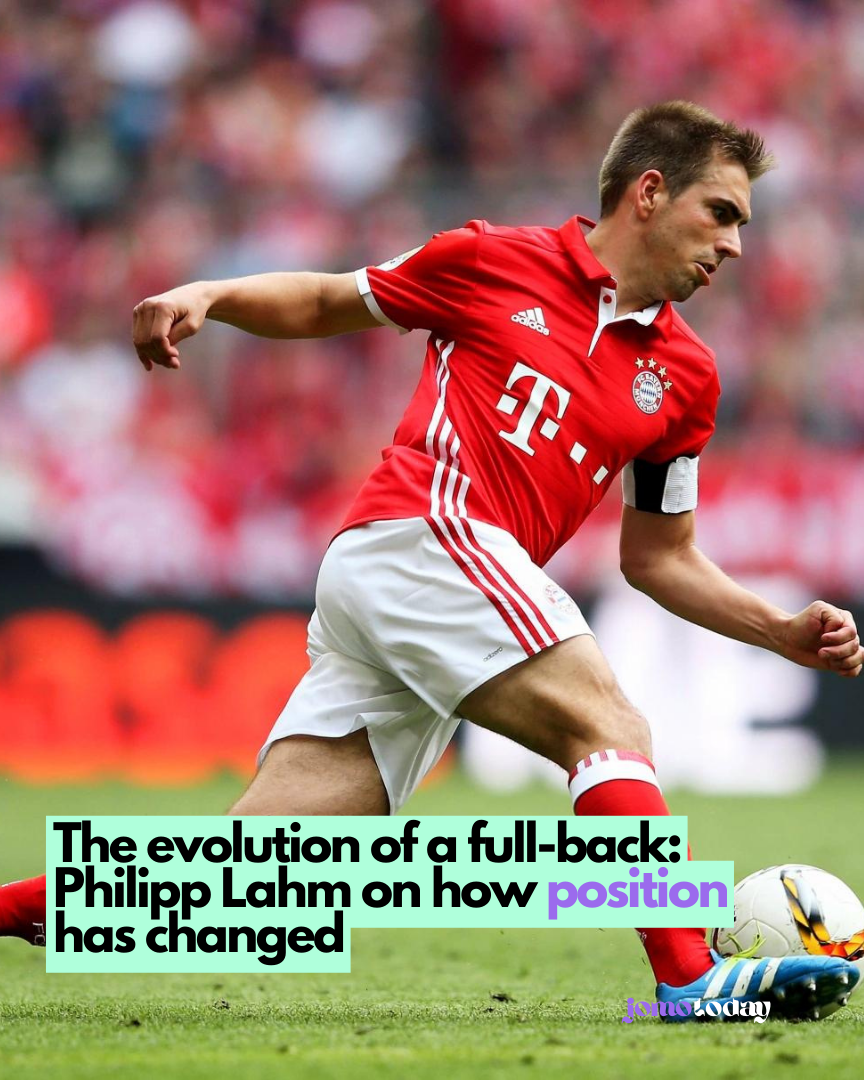Over the past decade, the full-back position in football has undergone a significant evolution. Traditionally tasked with defensive duties and providing support to wingers, full-backs now play a crucial role in possession, contributing to build-up play and attacking strategies in the final third.

This transformation is exemplified by players like John Stones, Oleksandr Zinchenko, and Trent Alexander-Arnold, marking a departure from the more traditional roles played by Gary Neville and Ashley Cole. Pioneering this change was former Germany and Bayern Munich full-back Philipp Lahm, who became one of the first “inverted full-backs” under then-manager Pep Guardiola in 2013.
Inverting a full-back involves altering their positioning during possession, often placing them centrally as part of the midfield unit. Guardiola’s innovative approach at Bayern demonstrated the effectiveness of this tactic, providing numerical superiority in midfield during build-up play. This adjustment, seen in various forms, has become a tactical trend in modern football.
Arsenal’s Mikel Arteta frequently inverts left-back Zinchenko to utilize his passing skills in progressing the ball. This strategic adaptation challenges the player and enhances their development, as noted by Lahm. Similarly, Liverpool’s Jurgen Klopp has inverted Trent Alexander-Arnold to exploit his creative passing abilities from more central positions.
Ange Postecoglou, manager of Tottenham, takes the tactic further by inverting both full-backs into midfield, creating numerical advantages and opening passing lanes. This approach has contributed to Spurs’ increased possession and dominance in matches.
The defensive aspect of inverting full-backs is often overlooked. When possession is lost, these players must defend larger central spaces, requiring mental quickness and anticipation. Lahm emphasizes the importance of match intelligence in quickly recognizing and reacting to situations.
Guardiola has taken another step by occasionally pushing a center-back into midfield this season, shortening the positional transition during defensive and build-up phases. This adjustment also ensures a more defensively-oriented player, a center-back, is positioned to prevent counter-attacks through the middle.
The era of full-backs merely playing supporting roles is long gone, as even elite teams now shape their tactical identities around these versatile players.
Read more: Kate Garraway’s husband Derek Draper in ‘very serious condition’ in hospital






1 Comment